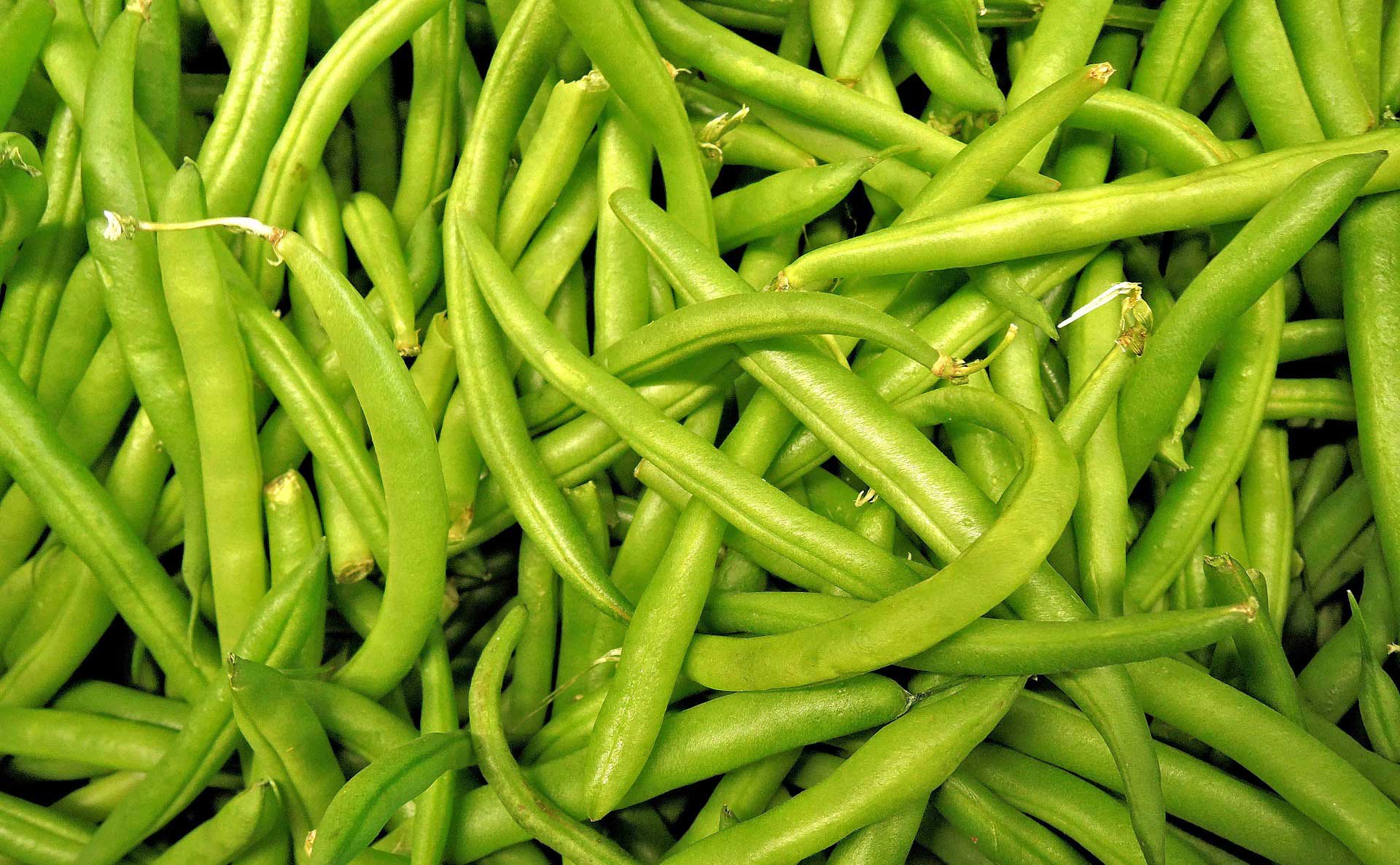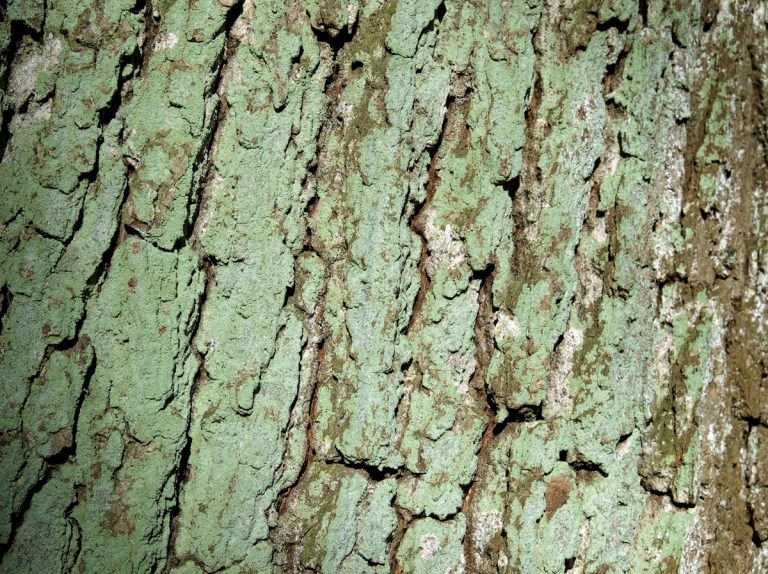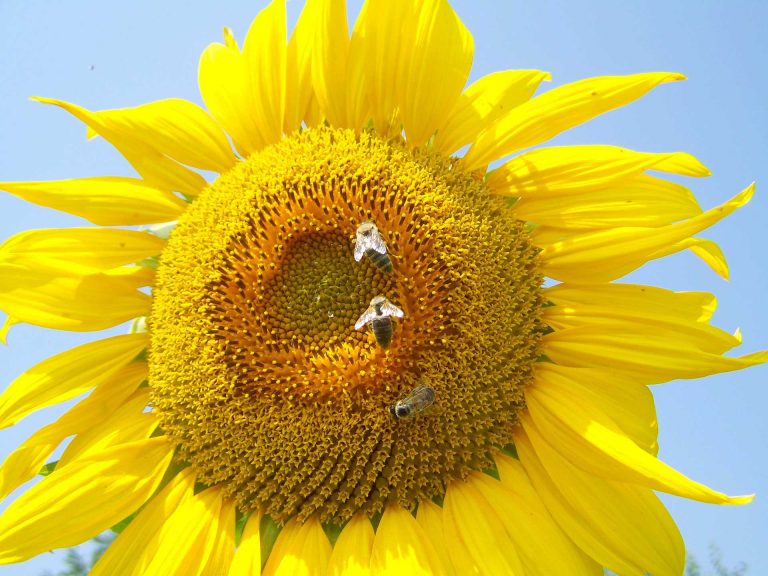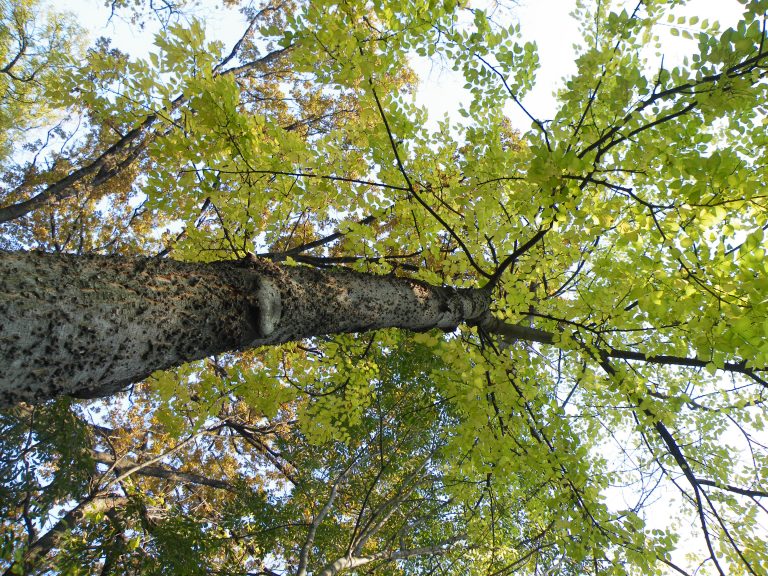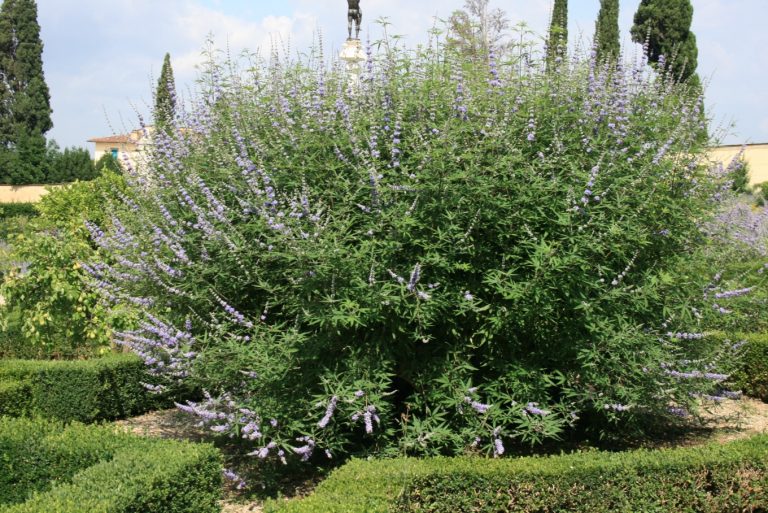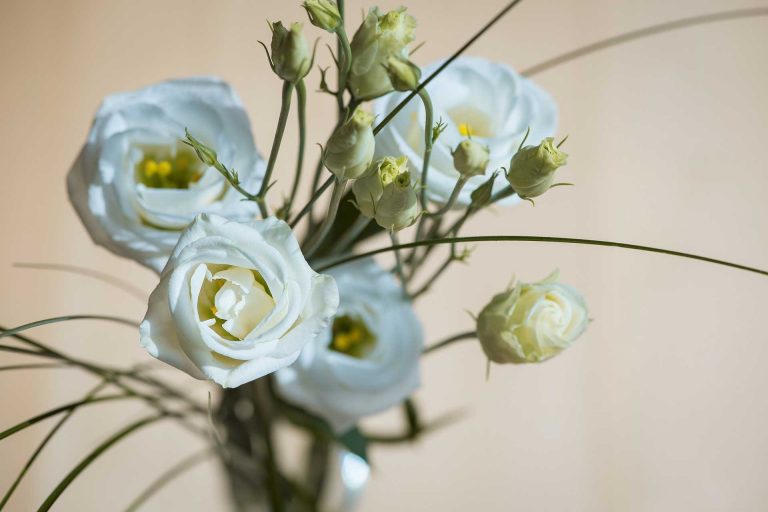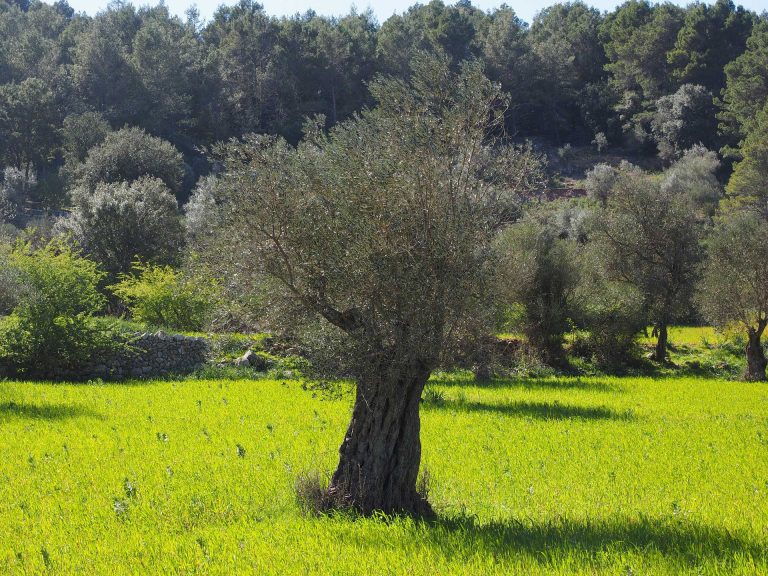French Beans
Haricots verts, is the French name of Green beans that most people familiarly call French beans, Fine beans, French green beans or French filet beans are widely popular for their tender, crispy and delicious taste. However, it varies largely from Haricot beans, which is dry in nature.
Anatomy
Being sweet, delicious and crispy to taste, French beans are usually smaller in size and more pulpy than popular green beans. The pods are delicate and fluffy and offers room for the small and tender beans inside.
Habitat
Familiarly known as snap or string bean, the unripe fruit of French green beans originates from the western as well as northeastern United States. In Mexico they prepare a Green Bean Scramble.
GROWING AT HOME
Soil for Planting
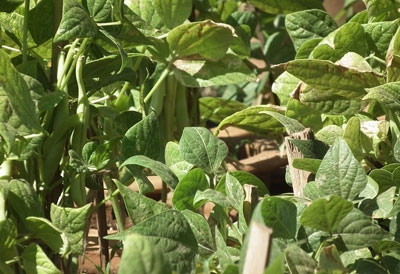
Balanced, rich soil, sparsely acidic pH of 6.0 to 6.2 is ideal to grow beans. In order to grow them, well-drained soil and a luminous spot are very important. Before planting the beans, fork in an ample quantity of well rotted manure during late autumn or before the real onset of winter
Since beans are legumes, they do not require supplemental fertilizer, but you can add organic matter to enrich the soil.
Planting
Ideally, you should sow two beans to a depth of 5 cm (2 in) below per small pot and keep them outside, in a shady place. When the beans are about 8 cm (3 in) tall, you can relocate them to their final sites.
Watering
Sow the seeds at least 1-2 inches below, and moisten them immediately and continue doing so on a regular basis till they germinate. Enrichment of soil and hydrating the soil is vital for flowering and keeping them fresh.
Temp and Humidity
Being delicate in nature, beans cannot withstand frost and cold. Thus, you should sow the seeds in May or June.
Care
- Mulching and improving the fertility of soil is important for retaining moisture.
- Regular watering, especially in hot weather, is vital to avoid soaking of foliages for a long time.
- Fertilization is required only in case of low levels of soil quality, since they prefer normal soil. With the onset of pods or heavy blooms, you may require to fertilize.
- By avoiding too much high-nitrogen fertilizer you can avail more bean harvest.
- Shallow cultivation is best for keeping the root system untouched, and you should carefully remove the weeds.
Pest and Pesticides
- Aphids.
- White Mold.
- Mosaic Viruses.
- Mexican Bean Beetles.
- Often bean blossoms fall off from the plant when the weather is too hot and if there is excessive nitrogen presence in the soil.
Harvest Month and Storage
When the pods become 10 cm (4 in) long and you can snap them away smoothly, it is the time to pluck. You can harvest more plants from time to time if you regularly pluck the pods.
After collecting all pods, you can store them in plastic bags, in a refrigerator for 1-2 weeks. Thereafter, you need to hydrate the plants and provide liquid fertilizers. In this way you can achieve more cropping.
Moisture-proof and airtight containers in the refrigerator can retain the freshness and crispness of the beans, but not for a very long time. You should freeze them immediately, or can or pickle them as they stay fresh only for four days after harvest.
Varieties
Basically, You can find two types of French beans; the Dwarf beans and the climbing beans. You can maintain Dwarf beans easily, but they do not produce plentiful beans like the climbing ones.
‘Kenyan Bean’ AGM: This is a type of dwarf bean, which bears slim delicate pods without strings. They taste yummy, and are very simple to cook.
‘Purple Teepee’: The special type of dwarf bean bears elegant pods, purple in color, which changes to green after preparation.
‘Algarve’ AGM: String less mid-green pods, which are even and unbent, belong to the climbing bean family.
‘Golden Gate’: Golden Gate, a type of appealing climbing bean that bears a heavy crop.

Having discovered a fondness for insects while pursuing her degree in Biology, Randi Jones was quite bugged to know that people usually dismissed these little creatures as “creepy-crawlies”.

